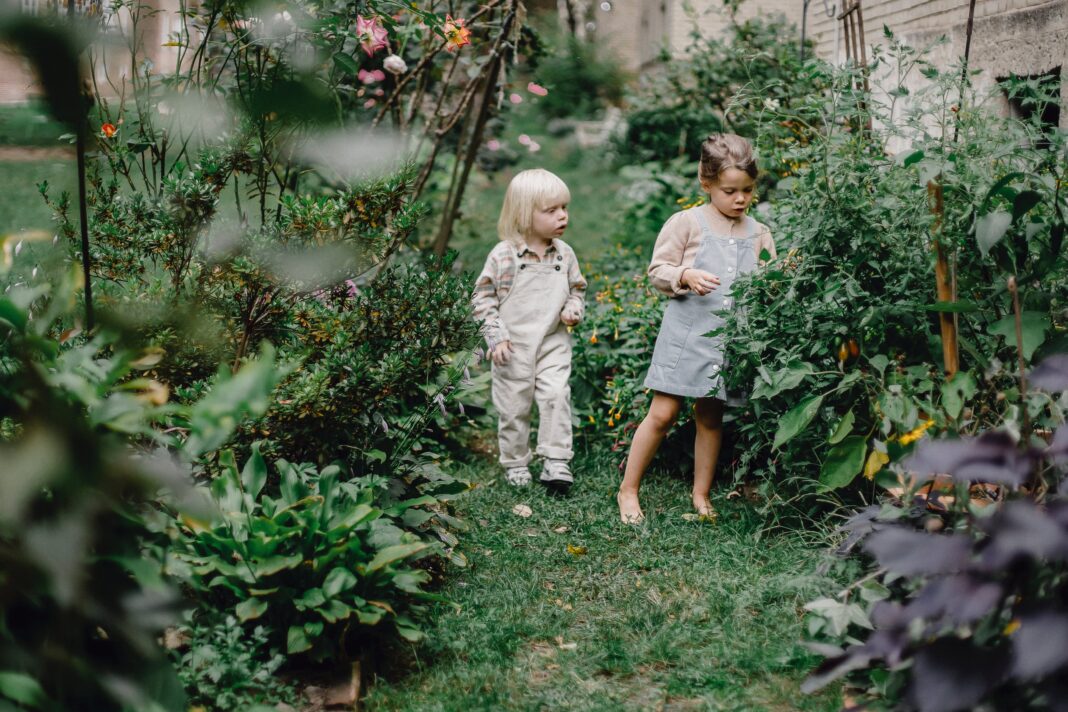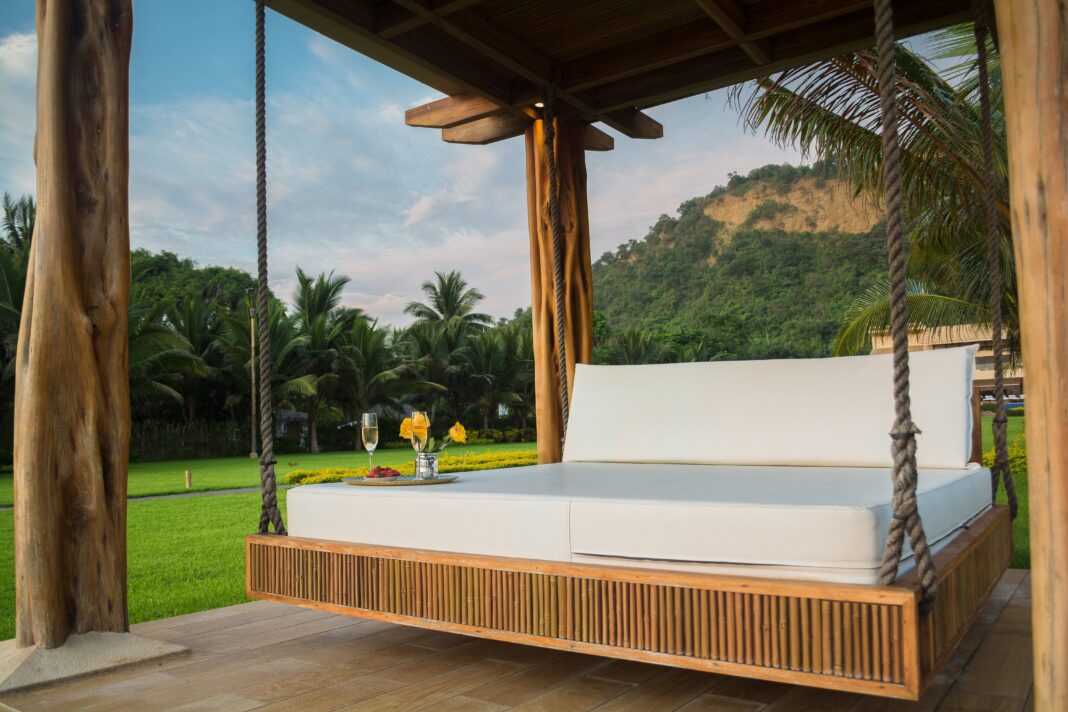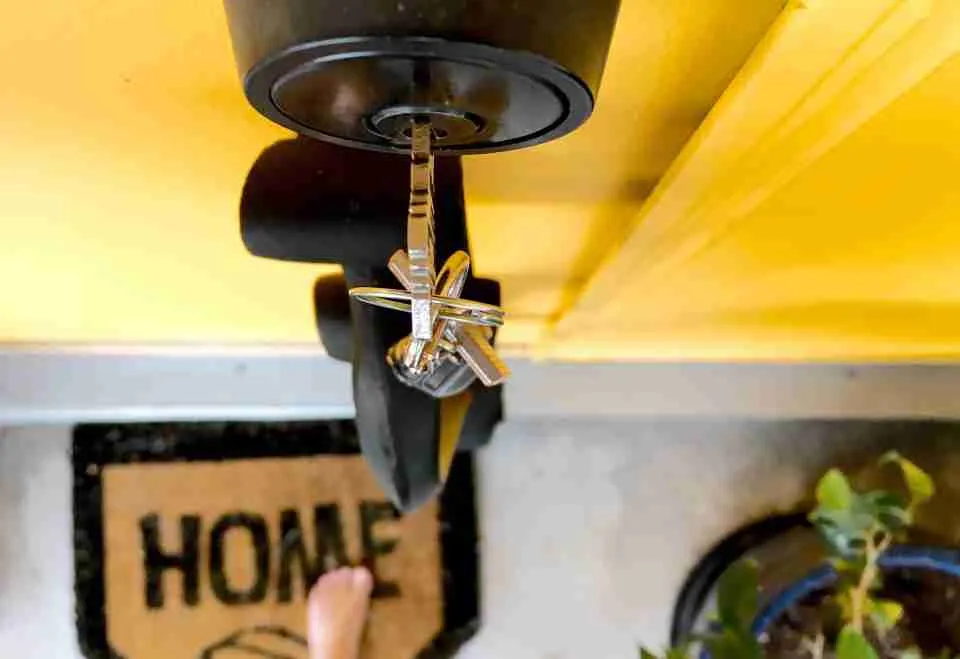Minimalist gardens are not universally loved. Some people think they are plain boring, while others believe they are very appealing despite having a simple appearance. If you’re part of the latter crowd because you believe they are great family gardens and would like one in your residence, here are the things you need to do.
Before you begin, keep in mind that minimalist gardening is about the efficient use of space. It involves the use of a restricted number of plants and landscaping materials. It also involves the use of a design that’s composed of bold and simple lines.
The Steps
Set Boundaries!
Minimalism in your garden needs to begin with boundaries. Since working around restrictions (particularly when it comes to colour usage in the design itself) is the general theme of minimalism, the type of boundary that needs to be used (hedges, fencing, or walls) is essential to the creation of a scheme that works.
Neutral colours are highly popular due to their being understated and calming. As such, you can have galvanised, unpainted, and corrugated metal panels for your minimalist garden; all its ridges and furrows can create variations of shadows and textures. Another great minimalist boundary option is the limestone block wall—its smooth surface and size make it a perfect movie screen for guests if not a great spot for the projection of garden lights. A third option would be a simple set of glass panels, which allow the entry of light into your relaxing minimalist garden.
Limit the Materials!
As mentioned above, for a minimalist scheme to truly work, a limited number of elements must be used. Some things to limit include colours and hardscaping materials. That said, your timber fencing and decking can have the same tone.
For the flooring of your minimalist garden, an obvious choice would be paving, but it should be carefully chosen and skillfully laid down to achieve a perfect finish. Grey-coloured paving, for example, can be an amazing background for the darker grey detailing of the window frames, planted containers, and seats.
Move the Grass Out From the Traditional Setting
Grass is great even for a minimalist garden. Whether closely cropped or permitted to freely grow, it can create a neutral base which combines easily with stone and wood, which are natural surfaces.
In the minimalist setup, lay the grass on the ground that is carefully levelled and prepared to create a lawn that looks not that different from a carpet. You can also use any excellent artificial grass available.
Limit the Plant Palette
Plants may not be that necessary in this kind of garden, though they contribute to its design. A good number of plants help make the overall design softer, bringing relief from hard landscaping strictures.
Try restricting plantings to less than three species, repeating plants within the scheme as needed. Not only does a limited palette have an amazing appearance, but it also makes maintenance a lot easier. A favourite choice is Boxwood. Its foliage provides monochromatic colour all year long, and can closely be clipped into crisp, strong shapes.
Ensure the unity and harmony of your garden through the inclusion of many plant types bearing one colour (but have different tones and shades). Most designers like blacks and greys, while others like more dominant colours like acid green to contrast with the neutral colours of the hardscaping.
Grouped Planters Can Unify the Scheme
Make sure that a cohesive colour scheme is used, both in your container choices and your use of a limited palette. Containers have to be contemporary and have a stylish and clean finish.
Manage Sound and Movement with the Addition of Water
A water feature is an important part of the minimalist garden, as it also provides calmness. As such, make sure to get one (or have one made) together with the rest of the important elements of the garden.
Keeping the Calming Minimalist Garden Sustainable
For the minimalist garden to thrive, a steady water supply is needed. Although you can fully rely on a water provider, rainwater allows for the healthier growth of plants. That said, you are better off with a rainwater harvesting system fashioned from top-grade parts and a high-capacity rainwater tank. But keep in mind that you can only reap all the benefits of having a rainwater harvesting system if you know how to keep mosquitoes away from rainwater tanks.


